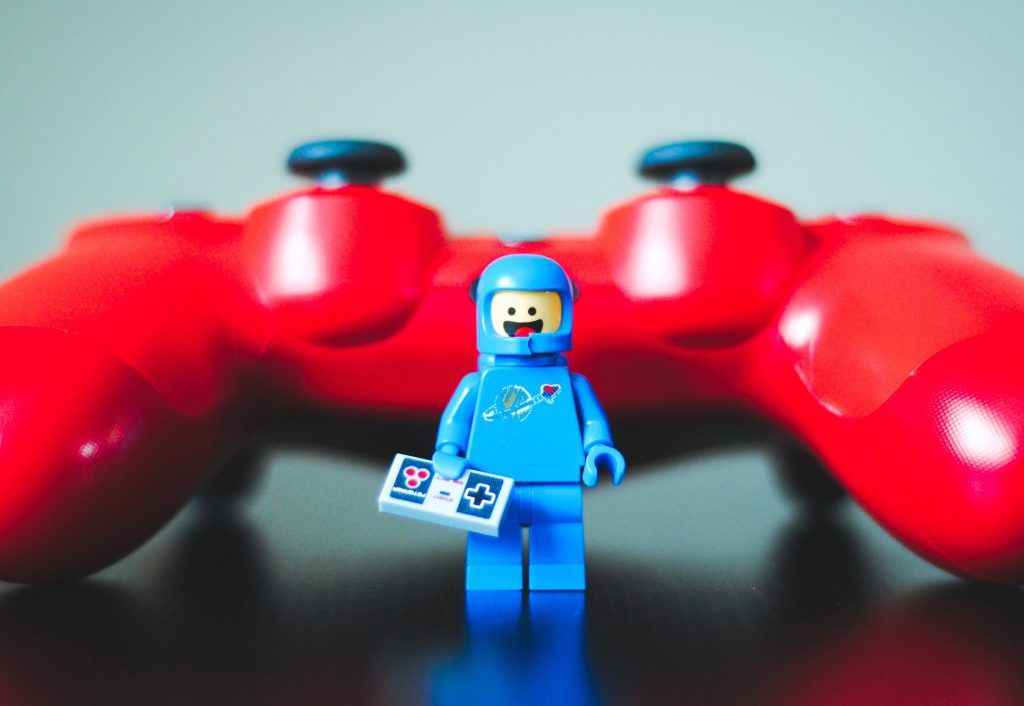Barely a week goes by without a press story surfacing about gender stereotyping and the toy industry.
For every seemingly positive story about Hamley’s and other retailers ditching the distinction of “girl toy” and “boy toy” aisles and Smyth’s lauded “If I Were A Toy” Christmas ad, another counter-outrage whips up about sexist categorisation in Subway kids’ meal bags (action figures for boys, pretty wristbands for girls) or the Early Learning Centre promoting regressive play sterotypes (boys as rescuing knights, girls the rescued princesses).
In an age of alternative facts and media sensationalism it is difficult to divine actual “outrage” from manufactured versions. For every lobbying group like “Let Toys Be Toys” there is plenty of anecdotal evidence from parents who simply don’t see the issue or feel it is one to get animated about.
As a result, it is not difficult to feel sympathy for toy companies who are dammed if they do and dammed if they don’t – particularly with historical intellectual properties. When Hasbro bought out the first wave of Stars Wars toys from “The Force Awakens” movie it was hit by a #WheresRey Twitter campaign (protesting the seeming absence of a leading female character from the movie in the toy line). Given levels of hype and movie secrecy issues, not to mention toy production lead times, it’s reasonable to assume licensee toymakers may not have full access to storylines or cannot predict with absolute certainty which characters will be popular and have a life in the toy market.
The issue of gender-neutral advertising then is a very tricky one for the toy industry. How can they make a progressive case for their properties at the same time as not alienating an existing fanbase? The Lego Friends line initially outraged both progressive parents and sneery died-in-the wool Lego geeks, but it is historical fact that almost from its inception Lego has worked hard to market to parents of girls (its 1981 “This is Beautiful” ad became a recent Facebook viral sensation). Mattel continues to promote the “pink” of the Barbie line, as well as accommodate dolls with different body shapes and ethnicity.
Ultimately, the products made by toymakers will succeed or fail on the tastes and attitudes of a very diverse marketplace. There is no one “boy” or “girl” consumer type, in the same way that no parent will ever feel the same on parenting issues.
So how can toy marketers navigate these waters when trying to create a broader consumer base for traditionally gendered toy lines? Play must be the way through toy brand experiences. As a father of both a boy and a girl I have observed how distinctions fall away in shared activity – with my daughter playing Ninjago Lego and my son reaching for My Little Pony. On a larger scale, big brand experiences can bring kids of both genders together if you can add creative nuance and be flexible around brand guidelines. Cool tech brings a generation of kids raised on iPads together; welcoming staff can make product demonstrations an entertainment – there are many tips and tricks you can employ to help break down traditional gender territories.
As a kid, I flung my action man through the mud, before washing his hair in my imaginary hair salon! There are no rules set on play; it unlocks the imagination. And by encouraging children to get hands on with toys in the real world through carefully planned and targeted experiential marketing campaigns, brands can break down gendered attitudes and present a more diverse image, while also testing the preferences of their young audience first hand.
Nick Swift is senior account director at real world marketing agency Sense, which has designed and run brand experiences for a range of toy and game brands, including most recently Transformers, My Little Pony, Guitar Hero and Bop It!.
www.senselondon.com

